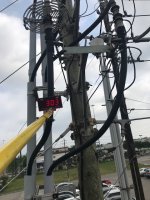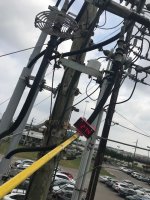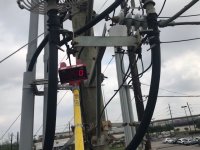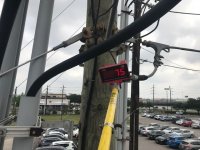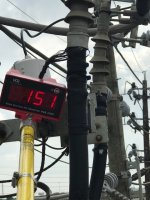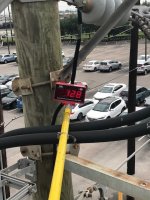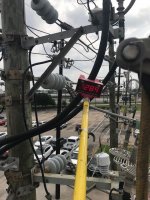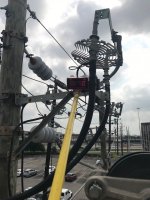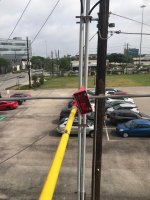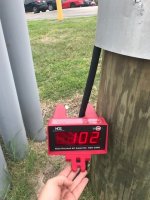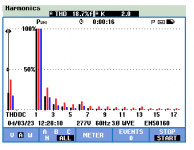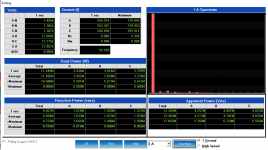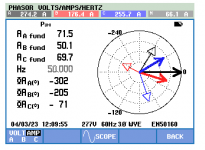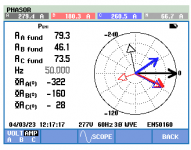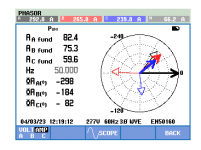RonUH
Member
- Location
- Houston,tx
- Occupation
- Power Plant Electrician
I work at a large University in Texas. When the electrical deregulation happened here the utility built us our own 138kv/12,470kv substation. Ever since we have had issues with our concentric neutrals burning up on our pole tops and splices burn up in our manholes every few years.
Although my SEL relays only show about 25amps of neutral current, I have measured 200 amps on the pole top jumpers between the concentric neutrals on the cable to the main neutral cable. See attached pictures for examples of the very strange readings.
I recently walked the line and noticed there are still some interconnections between our circuit's neutrals and the utility company (Center Point) city circuits that all originally came from the utility substation that these circuits used to originate in. Could this cause circulating neutral current at these levels?
The SEL relay also does not show excessive harmonics..
Anyone ever see this before? Any ideas?
Although my SEL relays only show about 25amps of neutral current, I have measured 200 amps on the pole top jumpers between the concentric neutrals on the cable to the main neutral cable. See attached pictures for examples of the very strange readings.
I recently walked the line and noticed there are still some interconnections between our circuit's neutrals and the utility company (Center Point) city circuits that all originally came from the utility substation that these circuits used to originate in. Could this cause circulating neutral current at these levels?
The SEL relay also does not show excessive harmonics..
Anyone ever see this before? Any ideas?


